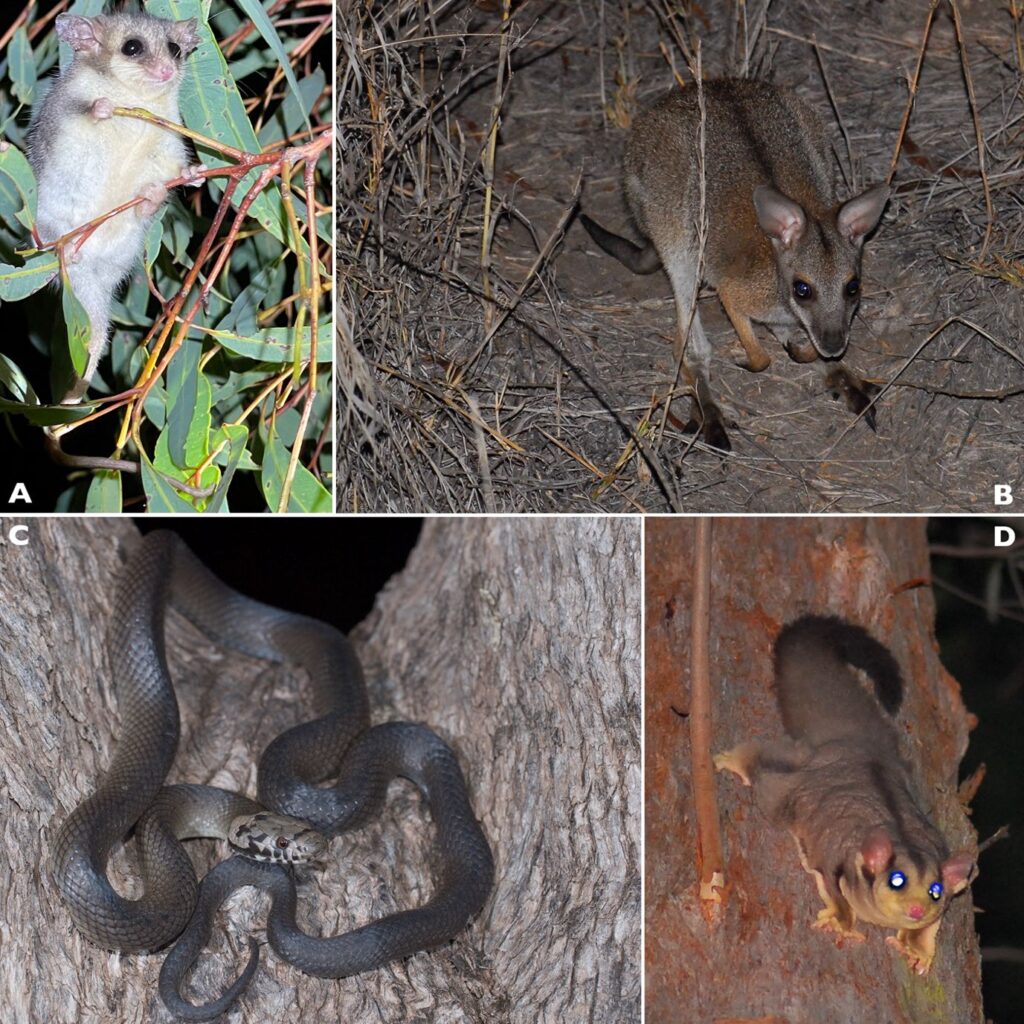Pilliga Forest habitat research
A new CSIRO study improves understanding of the impact of habitat fragmentation on threatened animal and plant species in the Pilliga Forest in new South Wales.
Development of the Santos Narrabri Gas Project (NGP) may increase habitat fragmentation in the Pilliga Forest near Narrabri, which is the single largest area of inland plains forest in Australia.
The landscapes of the Pilliga Forest have experienced intense modification since European settlement, including clearing for agricultural purposes, clearing and thinning through forestry and grazing, and is fragmented in parts due to these activities.
This project provides scientific understanding to determine how fragmentation resulting from NGP land clearing activities could add to existing biodiversity impacts from prior land use fragmentation in the region.
Research results address a key community concern related to the potential impact of the NGP on Pilliga Forest ecosystems and their component species.
The research, conducted through CSIRO’s Gas Industry Social and Environmental Research Alliance (GISERA), used remote sensing and on-ground surveys to examine how habitat changes could affect biodiversity.
The NGP, conditionally approved in 2020, will see up to 850 gas wells developed across the region, resulting in the clearance of approximately 1,000 hectares of vegetation. Community and environmental groups have raised concerns about the project’s potential to increase habitat fragmentation.
To assess these risks, researchers quantified current levels of fragmentation and conducted surveys of threatened plant and animal species. They also examined the diversity of mycorrhizal fungi, which play a critical role in plant health.
Researchers found no clear evidence that the targeted threatened species surveyed were currently affected by fragmentation.

Pillliga Forest threatened species
Threatened species (vertebrates) studied as part of this research: A. Eastern pygmy-possum; B. black-striped wallaby; C. pale-headed snake; D. squirrel glider (Photo credit, all images: Stewart Macdonald)
However, the study notes that agriculture and forestry have already impacted the landscape, and that long-term threats such as wildfires and the loss of large, hollow-bearing trees have caused significant ecological change.
Notably, the study reveals a severe decline in common ringtail and brushtail possums, likely due to predation, competition from invasive herbivores, and reduced habitat availability (loss of large hollow-bearing trees).
By improving our understanding of forest fragmentation and biodiversity, the findings will help inform future conservation efforts and environmental management in the region.
Researchers emphasise the importance of addressing key threats such as fire regimes, invasive species, and habitat loss to maintain the ecological integrity of the Pilliga Forest – and highlight the need to ensure that these threats are not exacerbated by activities associated with the development of the NGP.
Read more about this project
Learn about other GISERA research in New South Wales
